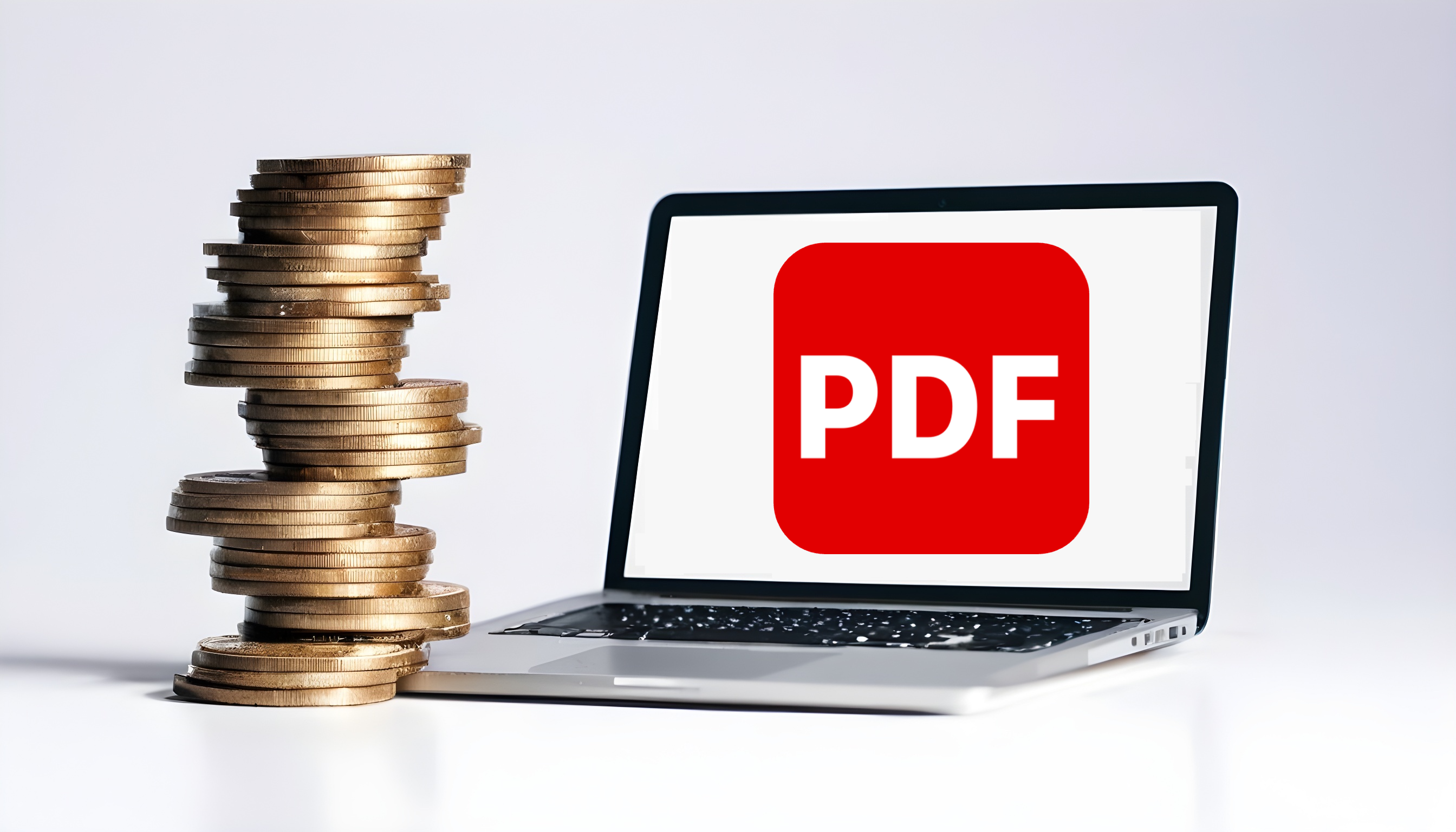Accounts receivables collections: How to reduce DSO and improve your accounts receivable process

Only it's not that straightforward at all. Several challenges within the Accounts Receivable management cycle can cause severe bottlenecks in the credit-to-cash cycle. Many credit controllers focus on reducing Days Sales Outstanding (DSO) to combat this.
In this piece, we're looking at the impact of a high DSO, how AR teams can reduce it and the impact that AR automation has on the collections process (and the organization as a whole).
The accounts receivables collections process
It's no secret that most AR teams share a common distaste towards the challenges of the collections process, especially regarding Days Sales Outstanding (DSO). Why? Well, a high DSO means that quite a number of clients fail to meet their debts on time or ignore the agreed-upon payment terms completely.
Now, to clients or anyone outside of the AR team, unpaid invoices may not seem like a big deal. However, in reality, an ineffective debt collections process can significantly impact cash flow, business operations, client relationships and overall business performance.
No wonder AR teams are running on overdrive come month-end.
Managing the accounts receivable collections process
Right out of the gate, it's important to understand that late payments are a common occurrence within each business. In fact, up to 93% of companies say they experience late payments from customers. From extended payment terms, late invoice payments and the risk of writing off receivables as 'bad debt,' there are many contributing factors that cause severe cash flow bottlenecks.
This begs the question - if, on average, businesses eventually write off a large chunk of their accounts receivable as bad debt, are delinquent accounts part and parcel of the AR, or is there an opportunity to elevate your business above competitors? Our money's on the latter.
To understand this, we need to go back to basics - the root of all collection complexities: accounts receivable management. But first, we need to look at what's hindering businesses from leveraging an effective, streamlined, and optimized AR process.
Challenges in traditional accounts receivable collections
Yes, the collections process is a tough nut to crack, but it's worth looking at the tools your AR team is using and whether or not they're potentially perpetuating some of the most common challenges in the AR process. Some of these challenges include:
Time-consuming client interactions
On average, over a quarter (27%) of CFOs credit communication problems as the cause of payment processing or collection problems. Interactions and client communication within the AR process are typically done via emails. Within this process, AR teams often need to navigate through multiple email threads to gather the necessary data on overdue accounts. This communication channel is labor-intensive and time-consuming and rarely helps facilitate a healthy (or timely) information flow.
A lack of real-time data and insights
Sure, you have a vast amount of data hiding in your ERP, but unfortunately, leveraging the data and applying it to AR processes is nearly impossible without the right tool. Because of this, many AR teams either run out of time hunting down information or miss early warning signals on an individual customer level.
Delayed payment allocation
Within the manual AR process, invoice remittance can be challenging. Especially considering the fact that AR teams may not have the required information available to them in real time, causing a severe bottleneck. Significantly delayed payment allocation can also stall future payments due to invoice disputes, impacting client relationships and credit risks.
Still, AR teams are marching on - determined to keep a steady stream of cash flow one month-end at a time. However, despite best intentions, there are only so many hours in a day - and unfortunately, most of those hours are consumed by tedious manual tasks, leaving very little time (or resources) to focus on alternative mission-critical business tasks.
Like what? Let's take a closer look.
What's the deal with Days Sales Outstanding when collecting accounts receivable
According to a recent study, over a quarter of CFOs stated that their AR teams spend over half or more of their workdays dealing with invoice disputes. Needless to say, that's a significant amount of value that could have been applied elsewhere, one of these areas being monitoring and managing cash flow more effectively, potentially reducing DSO (Days Sales Outstanding) and improving the accounts receivable age analysis.
The Days Sales Outstanding (DSO) serves as a vital gauge of a company's financial well-being. A lower DSO signifies a quicker conversion of credit sales into cash, fostering a more unrestricted cash flow. Conversely, a higher DSO indicates a prolonged duration for converting credit sales into cash, consequently hindering cash flow and impacting your financial health.
So, suppose your Accounts Receivable team had the additional time to commit to reducing DSO and optimizing the receivable turnover ratio. What would that look like?
How to reduce days sales outstanding to improve cash flow
Strengthen your invoicing process:
A big part of your DSO can be traced back to the initial invoicing process. In order to improve and maximize the invoicing process, AR teams must focus on making sure that invoices are going out on time, contain all necessary information and are free of errors. This includes the correct allocation of invoices and ensuring that all relevant and supporting documentation is easy to access and available to the relevant parties.
Define clear payment terms
Usually, a company's Accounts Receivable will consist of multiple invoices, each with varying terms. Often, these payment terms are not aligned with internal DSO goals. Therefore, in order to reduce DSO, it's important that companies clearly define their preferred payment deadlines in their contractual agreements and ensure that this is clearly communicated to clients. This includes sending out regular payment reminders before collecting payments.
Perform regular credit evaluations
Yes, client relationships and trust are important, but so is getting paid (on time). One way to strategically reduce your DSO is to mitigate the financial risk of certain clients when extending credit. This means frequently evaluating customer credit within the accounting period. In addition, this means taking the time to understand each individual client's cash-flow situation so you can best align the payment options available to them.
This may all sound great in theory, but in practicality, when simultaneously dealing with tens, hundreds or even thousands of clients, each with their own unique set of issues, it becomes a lot more complicated.
That's where accounts receivable automation software comes in. A tool that helps AR teams manage the day-to-day tasks on auto-pilot so they can redirect their focus towards the debt-collection process and benefit from a proactive, intentional and hands-on approach.
The role of AR automation in accounts receivable collections
Automation seems to be the buzzword of the decade. However, when it comes to something as critical as revenue collection, you want to be 100% sure you've got all the information before handing over the baton to automation software.
Fortunately, you're in the right place. Let's start with the basics
What is accounts receivable automation?
In a nutshell, accounting automation software supports your organization's ERP and collects all the relevant data that is required to speed up the credit-to-cash cycle within AR processes. This includes everything from reducing overdue payments to eliminating the need for redundant manual processes altogether.
Ultimately, AR automation leverages technology to streamline a company's AR processes, allowing them to focus on other critical tasks. By utilizing advanced technologies, AR teams can optimize the entire workflow, from invoice creation and payment processing to reporting and managing client relationships.
AR automation software understands the fundamental best practices of an effective AR cycle. It gives credit controllers the time, resources and tools to implement them effectively and apply them to the debt collection process. The impact, however, although clear within the AR team, also cascades throughout the entire organization.
Here's how.
The benefits of automation in collecting accounts receivable
Improved customer experience:
The smoother the customer experience, the more likely they are to make payments on time. AR automation software understands this and improves the overall payment experience, making it easier to access supporting documentation, communicate queries, and update client information. One example of this is System1A's communication and tracking capabilities, allowing AR teams and clients to automate communication based on required selection criteria, respond to requests and provide feedback to queries that are tracked, ensuring task completeness and much more.
Reduced discrepancies:
By implementing AR automation software, credit controllers can rest assured that the AR management cycle has minimal discrepancies. By managing the invoice generation, reminders, and reconciliation processes on auto-pilot, discrepancies in billing and payment are significantly reduced while still being sent out in a timely manner. This not only ensures that customers receive accurate invoices but also minimizes misunderstandings that could delay payments or strain customer relationships.
Enhanced compliance:
The dreaded C-word. Fortunately, AR automation software can assist. An example of this is System1A's Easy Document Delivery and Archiving, providing AR teams with the ability to automatically archive documents for the required compliance and legislative period.
Greater transparency on working capital:
AR teams often work in silos, removed from other departments. However, the impact of the AR management process affects the entire sales process. AR automation software helps organizations better collaborate and gain greater financial transparency into the current state of their working capital and incoming cash. By leveraging automation tools, company departments have quick access to current and historic documents and information. System1A's features also provide real-time on-demand reports that provide information in a multi-indexed format to view statuses, monitor activity and make decisions.
Automate accounts receivables and focus on the exception
At the end of the day, the people in your AR team are your greatest asset concerning effective accounts receivable management, especially considering the impact they have on the real bottom line. AR automation technology takes the burden of manual tasks off their plates. It allows them to automate the 'good money' so they can redirect their focus to the outliers, the late customer payments, the exceptions, the 'bad' debt, and accounts that need some heavy lifting to keep in check.
Ready to get started with AR automation? Here's the deal!
We get it - change can be daunting. However, what's even more daunting is knowing exactly where you are while competitors leverage the right software and tools that allow them to maximize their resources and improve their bottom line in one fell swoop. Fortunately, you don't have to settle for the latter. Navigate everything you need to know about accounts receivable automation software in our credit controller's guide to accounts receivable automation software.
System1A AR automation: Efficient and timely payment (without the fuss)
And by 'fuss', we mean tedious manual processes, ineffective communication channels, endless admin chasing and late payments. Instead, leverage AR automation benefits to your advantage and start utilizing industry-leading, strategy-led accounts receivable management processes to elevate your financial health.
At System1A, we provide South African and international AR teams with the tools (and data) they need to ensure an optimized AR cycle without having to drain critical resources - allowing you to reallocate human resources to more strategic and customer-focused tasks, maximizing their expertise.
Ready to explore more of our ecosystem specifically designed for growing AR teams? Here's more on what we do. Alternatively, experience System1A for yourself in our 1 month free trial period.
<Request a demo or a free trial here>

















